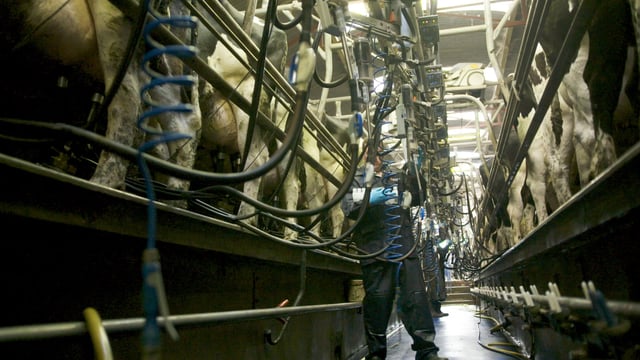EU report: Agriculture largest source of GHG emissions in Ireland and Latvia
A new report on the EU's greenhouse gas (GHG) emissions by "economic activities and households" shows that agriculture is the biggest driver of emissions in Ireland and Latvia.
However, according to the latest Eurostat report between 2013 and 2023, almost all economic activities in the EU reduced their GHG emissions.
Electricity, gas, steam and air conditioning supply scored the sharpest rate of decline and the largest overall decrease, with a 43% drop or 448 million tonnes of CO2 equivalents.
Over the 10 year period to 2023 the mining and quarrying sector also saw a 25% fall - 18 million tonnes of C02 equivalents - while services fell by 20% - 54 million tonnes of C02 equivalents and manufacturing dropped by 17% or 142 million tonnes of C02 equivalents.
According to Eurostat GHG "intensity" in the EU decreased by 32% from 2013 to 2023.
This means that the EU economy simultaneously increased its value added by 19% and reduced its GHG emissions.
The largest reductions in emissions intensity were recorded in Estonia, where it fell by 61%, Ireland where it dropped by 50% and Slovenia which recorded a 41% drop.
Specifically in relation to Ireland the latest Eurostat report highlights that while Ireland’s GHG emissions from agriculture stayed roughly constant between 2013 and 2023, the sector’s gross value more than doubled over the decade.
"As a result, the GHG emissions intensity of agriculture fell significantly. In addition, the gross value added of the manufacturing sector more than tripled over the 10-year period - growth of 228% - while the sector’s GHG gas emissions increased more slowly - by 9%.
"This resulted in a 67% reduction in the sector’s GHG emissions intensity, which might be explained by multinational companies changing their domiciles and tax practices," Eurostat detailed.
According to the report this example of the Irish economy illustrates that "a multitude of factors may drive greenhouse gas emissions intensity" with improving environmental performance and decarbonisation policies being only one of them.
"On a more general level, structural changes within an economic activity may be much more relevant in reducing carbon intensity," Eurostat added.






